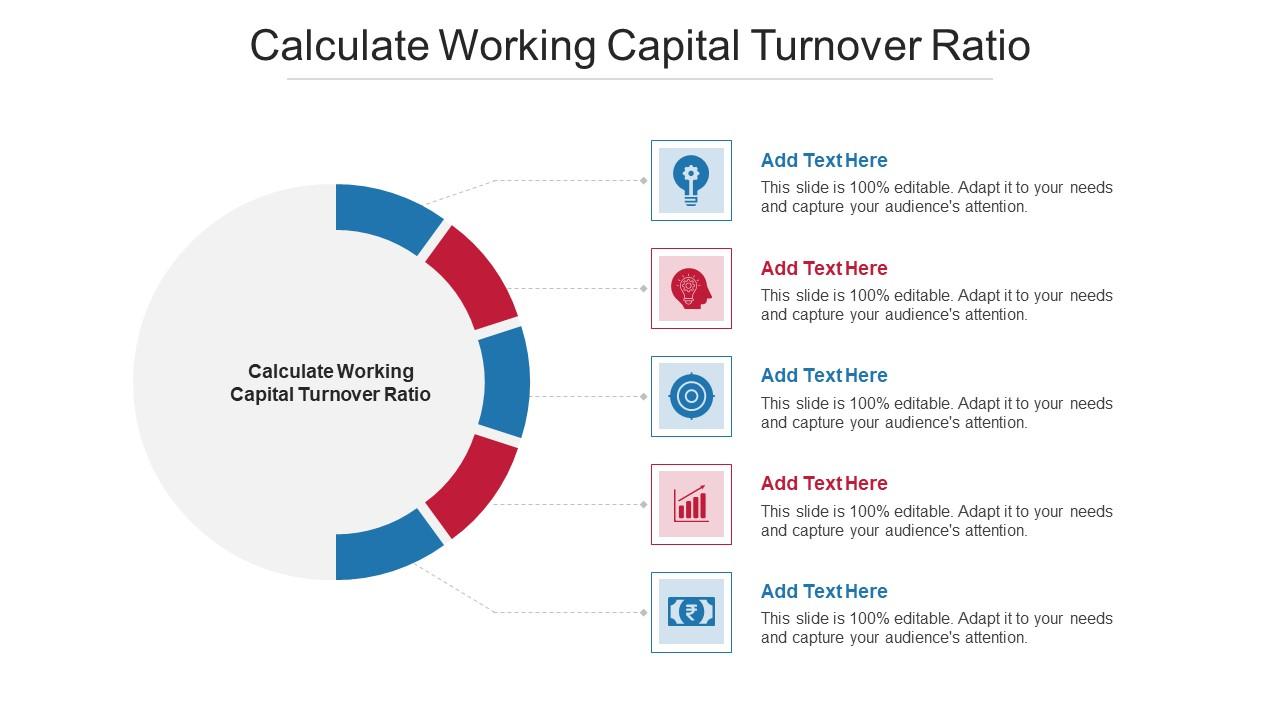Home>Finance>What Is A Turnover Ratio? Definition, Significance, And Analysis


Finance
What Is A Turnover Ratio? Definition, Significance, And Analysis
Modified: February 21, 2024
Learn about the significance of turnover ratio in finance and how to analyze it. Understand the definition and its implications.
(Many of the links in this article redirect to a specific reviewed product. Your purchase of these products through affiliate links helps to generate commission for LiveWell, at no extra cost. Learn more)
What Is a Turnover Ratio? Definition, Significance, and Analysis
When it comes to managing your finances, understanding key financial ratios is essential. One such ratio that can provide valuable insights into the efficiency of a company is the turnover ratio. But what exactly is a turnover ratio, and why is it significant? In this blog post, we will explore the definition, significance, and analysis of turnover ratio in the world of finance.
Key Takeaways:
- A turnover ratio measures the efficiency with which a company utilizes its assets to generate revenue.
- A high turnover ratio indicates that a company is effectively using its assets to generate revenue, while a low ratio suggests inefficiency.
Defining Turnover Ratio
In simple terms, a turnover ratio is a financial metric that measures how efficiently a company utilizes its assets to generate revenue. It compares the sales generated by a company to the average value of its assets. The ratio provides insights into how effectively a company is utilizing its assets to generate revenue or sales.
The turnover ratio is often expressed as a percentage or a decimal value. It can be calculated for various assets, such as inventory turnover ratio, accounts receivable turnover ratio, or total asset turnover ratio, depending on the specific area of analysis.
The Significance of Turnover Ratio
Understanding the significance of turnover ratio can help businesses identify areas where they can improve efficiency and optimize asset utilization. Here are a few key reasons why turnover ratio is significant:
- Efficiency Measurement: The turnover ratio gives an indication of how efficiently a company is utilizing its assets to generate revenue. A high turnover ratio suggests that the company is effectively using its resources to generate sales. On the other hand, a low turnover ratio indicates potential inefficiencies or underutilization of assets.
- Comparison Benchmark: By comparing the turnover ratio of a company with industry peers or competitors, businesses can gain insights into their relative efficiency. It provides a benchmark for measuring performance and identifying potential areas of improvement.
- Forecasting and Planning: Analyzing the turnover ratio over time can help businesses forecast future sales and plan their strategies accordingly. By monitoring trends in turnover ratio, companies can gauge the effectiveness of their asset management strategies and make informed decisions.
- Investment Analysis: Turnover ratio is a key metric used by investors to evaluate the financial health and performance of a company. A high turnover ratio can indicate a strong operational performance, while a low ratio might indicate potential inefficiencies or declining sales. Investors often use the turnover ratio as part of their investment analysis to make informed investment decisions.
Analyzing Turnover Ratio
When analyzing turnover ratio, it is crucial to consider the specific industry or sector. Some industries naturally have higher turnover ratios due to the nature of their business, while others may have lower ratios. Therefore, it is important to compare turnover ratios within the same industry for meaningful insights.
Additionally, a high turnover ratio does not always indicate a positive outcome. It is essential to analyze the ratio in conjunction with other financial ratios and factors to gain a holistic understanding of the company’s performance. For example, a high turnover ratio accompanied by declining profitability may suggest potential pricing or cost management issues.
In conclusion, turnover ratio is a valuable metric that provides insights into the efficiency of a company’s asset utilization. By understanding the definition, significance, and analysis of turnover ratio, businesses can make informed decisions, optimize asset management, and improve their overall financial performance.
For more information on financial ratios and their significance, stay tuned to our Finance category for future blog posts.














